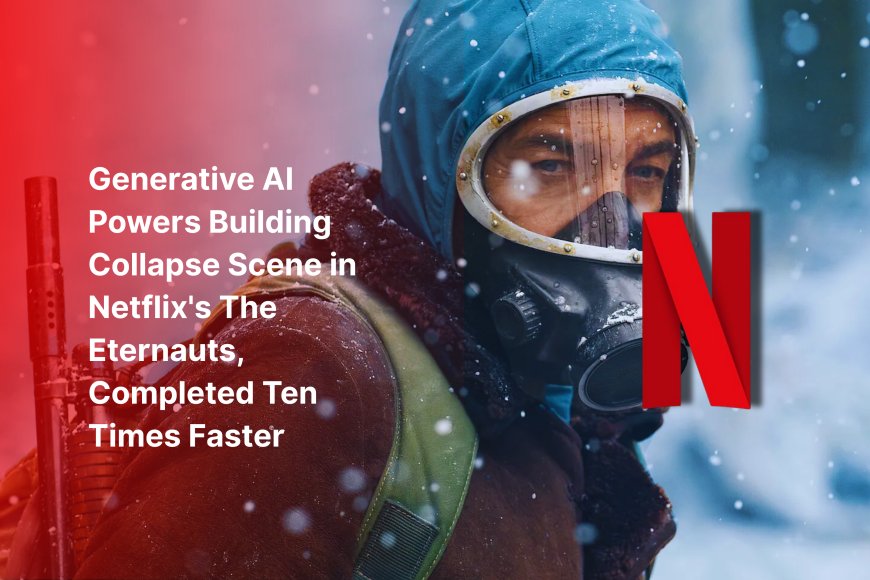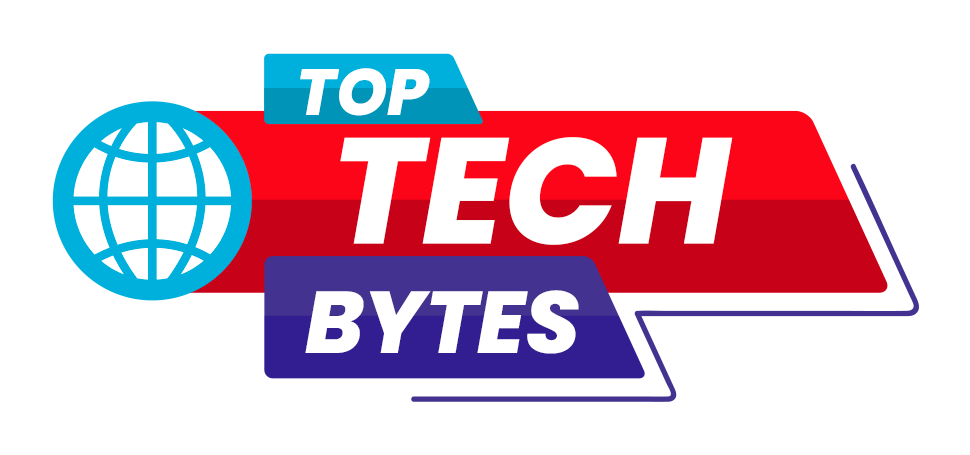Netflix Debuts AI-Generated Visuals in Sci-Fi Series ‘The Eternauts’, Marking a New Creative Milestone
Netflix used generative AI for the first time in its series The Eternauts, enabling faster, cost-effective visual effects while sparking industry debate over job security and ethical concerns.

Netflix has taken an important step into the field of artificial intelligence by integrating generative AI into one of its original shows.The Eternauts, an Argentinian science fiction series, is the first Netflix production to use AI-generated footage. In one of its scenesAI was used to create a dramatic sequence where a building collapses in Buenos Aires.
According to Netflix's co-CEO, Ted Sarandos, this was an influential event. He stated during the company's second-quarter earnings call that using generative AI made the scenario not just faster to construct — about 10 times faster than traditional approaches — but also significantly more inexpensive."The cost of it just wouldn’t have been feasible for a show in that budget," he added.
This approach generates images and videos from text prompts, thereby speeding up time-consuming visual effects.Sarandos also stated that the goal is not to replace humans, but rather to provide filmmakers with better tools that enhance the quality and creativity of their work.
However, the employment of artificial intelligence in entertainment has proved controversial. Hollywood actors and writers went on strike in 2023, citing concerns that artificial intelligence could replace creative occupations or reuse existing content without authorization. These concerns remain, particularly about the future role of AI in filmmaking.
Addressing this, Sarandos said, “This is real people doing real work with better tools.” He believes AI may help with pre-visualization, shot planning, and visual effects, making the production process more efficient and creative.
In summary, Netflix's move demonstrates how AI could revolutionize the way stories are brought to life on screen - faster, cheaper, and with new creative possibilities — while still putting actual people at the center of the process.
Information referenced in this article is from CNBC TV







